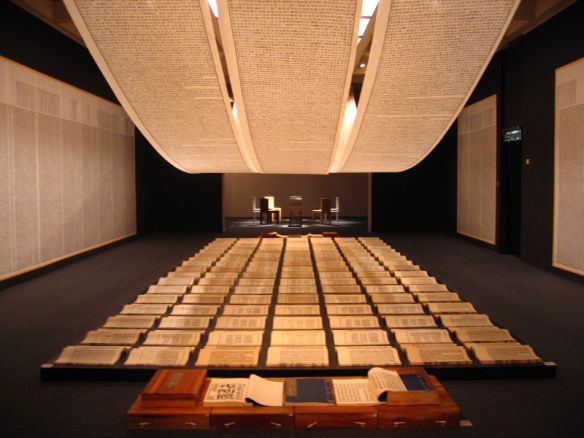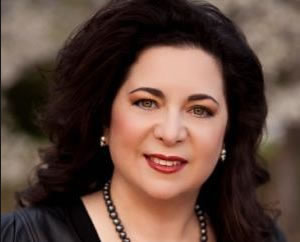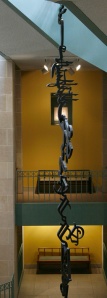
Mourning Unforgettable John Rehm
Too many people don’t know who John Rehm was and that’s a great pity. Not that he ever sought the limelight — he was a humble, gracious man who preferred to stay in the shadows and support those who knew how to shine best. He was many things: a D.C. insider, an attorney, an author, a husband and father. He was genius bright with a razor wit and self-deprecating humor. Most of all he was a really good man.
I fell into a teeny sliver of his life, but that sliver will stay with me forever.
One day my husband called me from work. “The employees have been invited to go to the Freer Gallery at lunchtime, would you like to come?” I adore art, so my answer was an immediate yes. I wasn’t an employee, so I figured I’d hang back at the edge of the group and try to blend in. That office was huge, surely there’d be a crowd.
The crowd turned out to be just three people: John, my husband, and myself. I remember him turning toward me with a sparkle in his gentle eyes, not caring whether or not I came from the office, just glad I was there.
This was the first of many lunchtime art sojourns we took with John. On that first trip, he brought us into an enormous room filled with books and scrolls. At first glance, it looked as much modern art does — odd, pretentious — is it really art?

Xu Bing’s Book From the Sky courtesy of Wenchee
John never lectured to us. Instead, he started asking questions. Through his Socratic method of teaching, we learned Xu Bing, the artist, was a victim of Mao’s Cultural Revolution. How, at that time, while still in exile, he’d created over one thousand imitation Chinese characters to get the viewer to understand his point — that all the little red books in the world, even when stacked end to end, would never have real meaning. The message of his installation, Book From the Sky, extended past his own political struggles: No matter how dedicated the writer, humans still struggle with communication and understanding.
It was one of those “ah ha” moments. I stayed long after the lunch hour ended, mesmerized by what I’d seen and learned.
On other museum forays I learned about the Peacock Room and how Whistler painted insults into his design, depicting his patron as miserly. We delved into the art of the scroll and screens. In the ceramics room, he learned that I threw pots and asked me to explain what I saw to him.
You see, John never lectured. He guided and tended my knowledge of art like a gardner does his best roses. He opened my eyes to new beauty and images and let my imagination soar as he buoyed me upwards.
The art talks stopped after a while. First because of his book tours with his wife Diane, then because he wasn’t well. John never told me how he suffered, but I could hear it in his voice when I called. I didn’t know what was wrong, but I hoped with the most stubborn denial that he’d be back at the museum once again. I would tell him that Diane might have 2.5 million listeners, but that I was President of the John Rehm fan club.
I meant every word.
John never made it back. His passing was hard on his wife, his kids, and most of all, him. He deserved more. He deserved better. But that is a story for another day.
I go to the Freer often. I like to take my cousin’s kids with me and talk to them about art the way John talked with me. In the foyer is a piece designed specifically for the museum by Xu Bing, called Monkeys Grasping for the Moon. I remember my delight as John once explained that each of the monkeys are formed from the word for “monkey” in the script from different languages. Based on a Chinese folk tale, the monkeys link arms and tails trying to capture the moon as it reflects in a lake below them, only to discover it cannot be grasped.
Every time I see it, I think of it as a permanent memorial to John.
I hope John has grasped his moon and that he’s happy and at peace. I know my life wouldn’t be the same if he hadn’t been in it. I hope he knows how thankful I am.
I miss him so.







Engage us on Facebook
Follow us on Twitter
Tweets by @mymcmedia